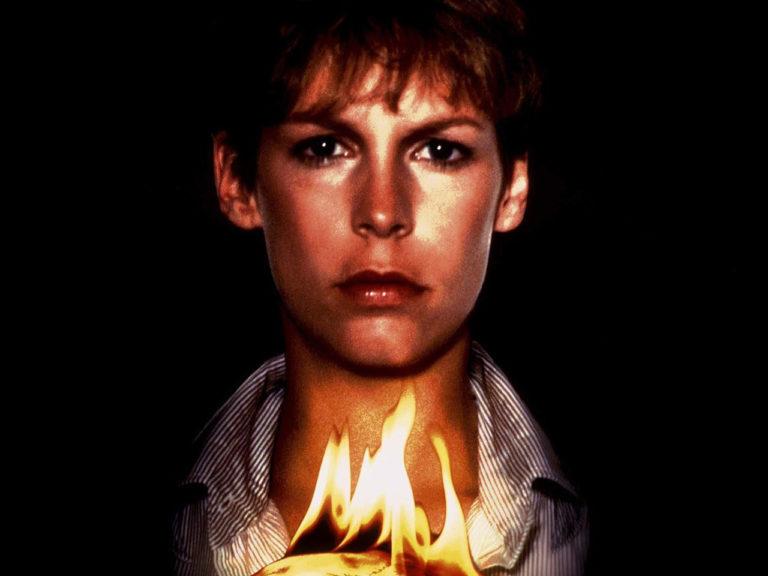

Justice. If I can sum up Batman’s appeal to me in one word, that would be it. In a city where justice is too often blocked by the very structures erected to preserve it, Batman stands outside the law as its most effective champion. But what about here in the real world? How many orphans cry out for justice for their parents? How many never see it done? Batman: Creature of the Night #1 is about one such orphan, and how he came to be. Spoilers ahead
An open wound
Creature of the Night is the story of Bruce Wainwright, a young Boston lad who loses his parents at the hand of a violent criminal. But Bruce is also a massive Batman fan, and as he struggles to reconcile his broken reality with the ideal of a masked avenger, life imitates art, and a shadowy, brutal figure emerges—one with which Bruce shares a connection.
Busiek’s narration alternates between Bruce and his great-uncle Alton (affectionately called Alfred), who from the first page expresses concern at where his nephew’s connection to Batman may lead. Alton also hints at some murky personal dealings of his own, and while I expect to learn more in future installments, we know very little by the end of this one. But no matter—Busiek succeeds in giving Alton an Alfred-like persona—one that transcends the simple fact of his legal responsibilities to Bruce. We have time to learn more about him later.
Bruce’s narration has its own distinct voice, one that is less assured—and less linguistically sophisticated—than that of his uncle. This makes sense given his age and personality; but, more than that, it aptly reflects the divide between Uncle and Nephew: while Alton looks in on Bruce’s grief from the outside, Bruce himself is at its center, where things are raw and much more confusing.

I like the voices of the narration very much, though I am not fond of the stylistic approach taken by Klein in delivering them. For starters, there’s a bit of a “memoir” conceit in play, with each caption box (and the typeface used inside of it) meant to look like material taken from a written journal. Personally, I prefer balloons and boxes to live outside of the story—as tools to tell it, rather than artifacts from within it. More troublesome is the font Klein employs for Alton’s narration. It’s a script-type, and while it’s nicer than most, it is still rather difficult to read—at the very least much more difficult to read than the dialogue. And unfortunately, Alton’s narration is probably the single largest source of text in the book. Thankfully, it is still readable, so it’s not a total loss.
So why so much narration? Busiek has elected—at least for this first installment—to move swiftly between connected vignettes, rather than to play out one linear narrative. As it happens, this suits Leon’s aesthetic very well. He manages to achieve very life-like figures with thick lines and minimal detail, but he colors everything in simple, washed-out tones. Whether or not Busiek deliberately tailors his approach to this style, the two work really well together. Leon’s palette reminds me of old color films from the 60’s and 70’s—pictures of things that happened before, rather than things happening now—a look that is well-suited to a more compressed narrative. It likewise seems the right fit for a book about crushing grief—the color has been sucked from Bruce’s life, and Leon’s bleak, low-saturation tones reflect this throughout.
All of the narration and dialogue are expertly-written, and I don’t think there’s a bad line in the book. Busiek illustrates Bruce’s grief well through the boy’s words (or, just as often, lack of words), but then uses Alton to make some more sophisticated—and very astute—observations. The graveside page above is a perfect example of the latter, and reminds me of what was probably the best part of Batman: Jekyll & Hyde.

Leon’s storytelling works just as well as Busiek’s. The whole book consistently portrays Bruce as small, helpless, and alone, so that the moments where he—or “Batman”—takes a stand are that much taller. And his Batman is a truly terrifying creature of the night indeed, more often than not little more than a loosely-shaped shadow with glowing red eyes and Kelley Jones-style claws—something as primal and amorphous as Bruce’s grief.
So that’s Creature of the Night #1. It’s one of those books that seems so effortlessly-executed as to live above criticism. I have my nits, and I’ve picked them above, but they cannot assail the outstanding work done by these creators in nearly every panel.
Recommended if…
- You enjoyed Paul Dini’s Dark Night. The two books are very different in many ways, but they both touch on some of the same nerves, and I suspect there will be a large intersection between fans of each.
- You don’t mind a book that hops between short narrative sections rather than devoting more pages to fewer events.
- You—like me—feel like the modern approach to coloring comics often leaves a lot to be desired.
Overall
A study in grief and justice, Batman: Creature of the Night #1 succeeds both as a stand-alone exploration of a lost boy finding his way and as a potent seed for future installments. Busiek expertly writes his two leads, and his observations—and illustrations—of a life made shipwreck by tragedy are authentic and moving. Leon’s minimalist figures ooze character and emotion, and combined with his bleak color palette, they are Busiek’s stirring words made flesh. If you haven’t already, go buy this now—you won’t be sorry that you did.
SCORE: 9.5/10


